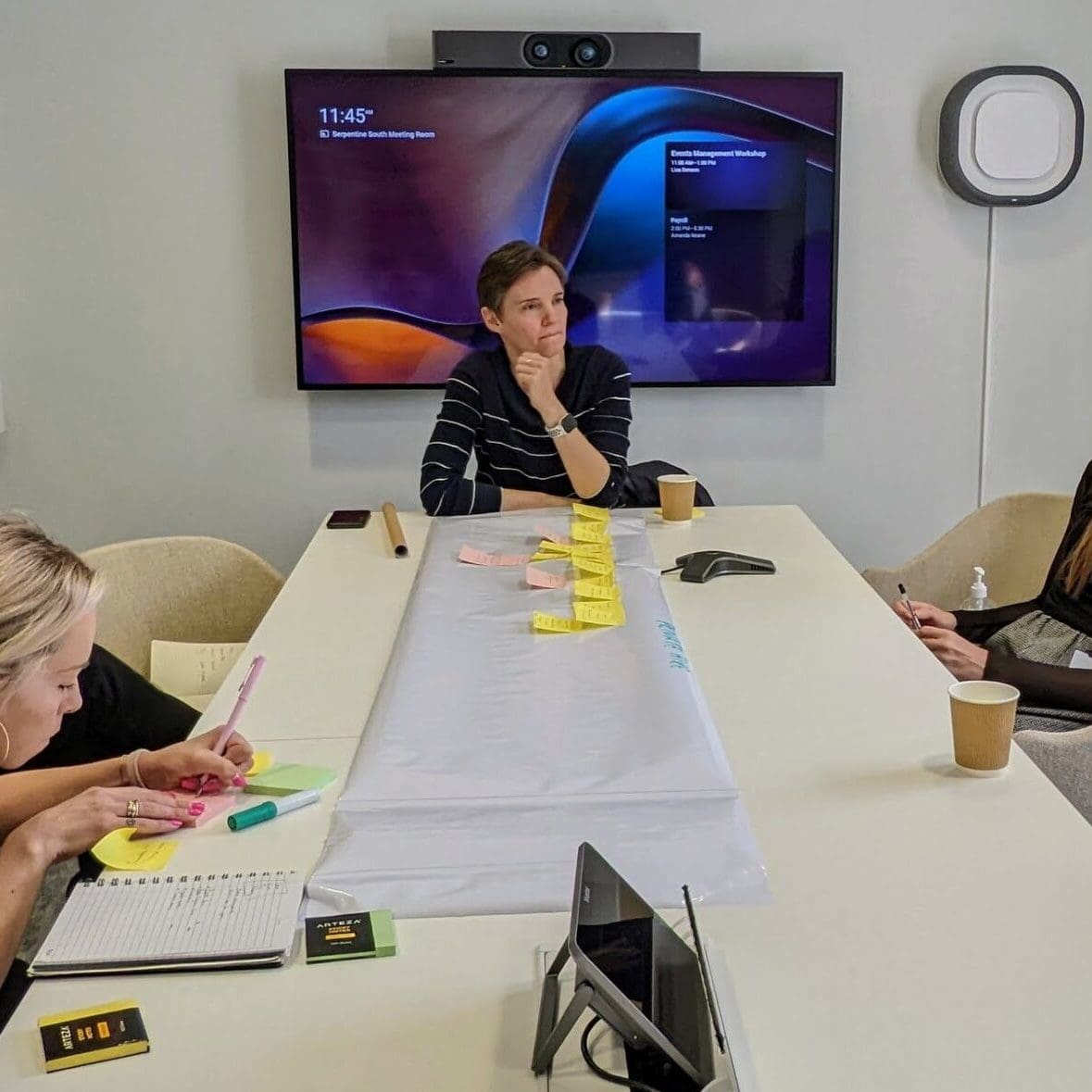Hyphen8’s 10 Top Tips for a successful Salesforce implementation
We know that embarking on a Salesforce project can be a daunting task for Non-profits whose time is scarce and who are unsure how the project will impact on them. With a large number of successful Salesforce project completions under our belt over the years, we are well-placed to share our experiences of the main factors that contribute to a successful implementation.
1. Engage a senior level/executive sponsor
Projects that have sustained the best momentum are those where there is a senior level sponsor to drive the project and change initiative.
They need to be someone with a personal and significant stake in the ultimate success of the change, will use the application themselves, and dependent on other users to do the same to deliver results.
This person is important not just for the initial launch stages of a project but, as importantly, during the post-implementation stages. They need to be someone who can live the change; influence and engage adoption; and drive empowerment.
2. Engage end-users throughout the journey
Right from the initial design stages, engage champions and end-users (a representative body of stakeholders) to participate and inform the design and direction of the project. Help them understand the business case and buy-in to the objectives for change and engage their input so that you can design something they will fully believe in and feel compelled to use.
To gain buy-in, include clear answers to all WIIFM (What’s In It For Me?) questions, but also explore with them the risks and issues if the solution is not fully embraced.
3. Appoint a Project Manager
Project Management is a major factor contributing to the success of the implementation.
This person will be involved with project planning, regular status reporting, change request management, channel any feedback/questions AND the all important communications.
Depending on the size of the project, if you have the luxury to budget for and appoint an external Project Manager, we recommend that you do so as this provides a dedicated resource. If you are appointing an internal PM, ensure that they have the capacity and experience to get involved alongside their daily role.
4. Take a phased approach
Focus initial phases on delivering to minimum needs that deliver best bang for buck. And then engage feedback (from users, and customers) to drive and influence the scope of future developments and enhancements. Recognise that you have chosen Salesforce because it is a flexible platform so lends itself to agile development – bells and whistles can be added over time so don’t delay go live trying to get everything in place. We work with our customers to evolve solutions over time, focus on the processes that will add the most value for your external and internal stakeholders.
5. Manage change requests
In our experience, the solution delivered often times does not align completely with the original design. This is because it is often difficult for users to envisage what they want from Salesforce until they see what is possible. Users get excited about the art of the possible and the scope of the project can run way with itself. However, unplanned complexities typically increase timescales and therefore costs. Whereas nobody wants to dampen the enthusiasm, make sure that the focus is on the processes that will add the most value and note those associated with rare scenarios.
Manage user expectations so that they understand that just because a requirement isn’t included for launch, it can be considered at a later date.
6. Don’t underestimate the importance of data quality
Be absolutely meticulous when it comes to DATA! Poor data is arguably the number one turn-off and key factor that drives users away – and justifiably so. Ensure rigorous validation and audit controls are in place when data is populated to the system – during testing and final implementation stages and, as importantly, during live operations. Never under-estimate the time and effort involved in extracting and preparing data for migration and use it as the ideal opportunity for a Spring clean.
7. Include external parties in testing
Don’t make any assumptions when it comes to how external parties will interact with your processes – or indeed their technical limitations. Particularly when online data capture forms are introduced, internal testers can become blinkered to potential gotchas. So we recommend that you involve representatives from each external party (eg an existing grantee or Board Member) to complete forms and feedback on their experiences.
8.Invest in (continuous) Training
Hyphen8 firmly believes that training should not simply be a tick in the box at the end of the implementation. Users should receive pre-launch training to get them accustomed to the processes and screens ahead of go live. If possible, identify champions who can receive ‘train the trainer’ coaching to take on the role of training for new staff. Beyond launch, plan for a programme of continuous training – in our experience, it is often a few months after regular use that users need refreshers or when we can share knowledge of more advanced features to promote selfsufficiency.
9. Choose the right implementation partner
We would say this wouldn’t we? But it is very true! The right implementation partner can provide best practice advice and help you to adapt new and more efficient processes and provide much-needed support after go live.
There are obviously the pre-requisites;
- Are they Salesforce-certified?
- Do they have relevant experience delivering similar (and successful) projects?
- Do they understand the Non-profit sector and the challenges you are likely to encounter?
However, equally as important is the chemistry – do you feel that can work with them as a trusted partner? Do they share the same vision to achieve success? Will they work with you to understand your culture, your resource capacity and your organisation’s priorities?
10. Collaboration
With shared visibility of cross-organisational data, the opportunity for internal collaboration is significantly increased. For grant-makers who operate from multiple locations, with part time staff or whose staff are either out on visits or working from home, Chatter (Salesforce’s in-built social networking app) is a powerful way to share information and updates. And, with Salesforce Communities, you can set up an online portal to share data and engage with external audiences such as assessors, grantees or donors.
In summary, the Salesforce Platform offers a robust and flexible solution that will enable you to transform the way you process and manage your grant-making functions – and create more capacity for you to spend time on engaging with your audiences, and less on administration!
If you are a grant-maker and would like to discuss how Salesforce can help, get in touch and we can show you how other organisations like yours are benefiting.






